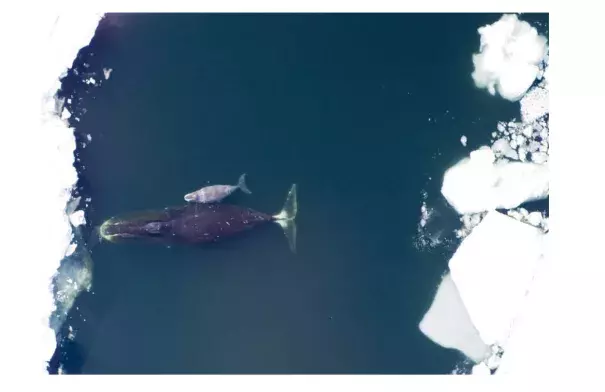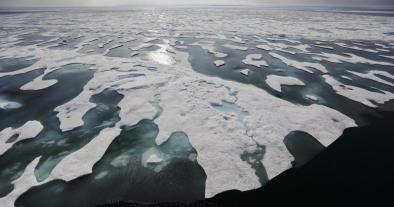Global warming is good for Arctic's biggest marine mammal

About 23,600 square miles of Arctic sea ice melted every day in May, a record-high amount.
That is good news for one group: bowhead whales, the Arctic’s largest marine mammal.
Warming temperatures are leading to a massive sea-ice melt that’s troublesome for native people and polar bears. Both rely on the ice to launch hunts. But the melt also seems to boost food availability, at least if you’re a bowhead.
Heat from the sun causes a surge in phytoplankton blooms, a food source for the crustaceans that are key to whales’ diets. The melt thins sea-ice density, which eases movement for whales and their prey, and it revs up sea storms and wind, which help nutrients reach the surface.
To get a sense of how massive this shift is, consider this: Summer sea ice has declined by more than 10 percent per decade since 1979. This means that what was once frozen sea in August and September isn’t frozen anymore. Temperatures have heated up so much the annual melting season has increased by about 20 days
Related Content



